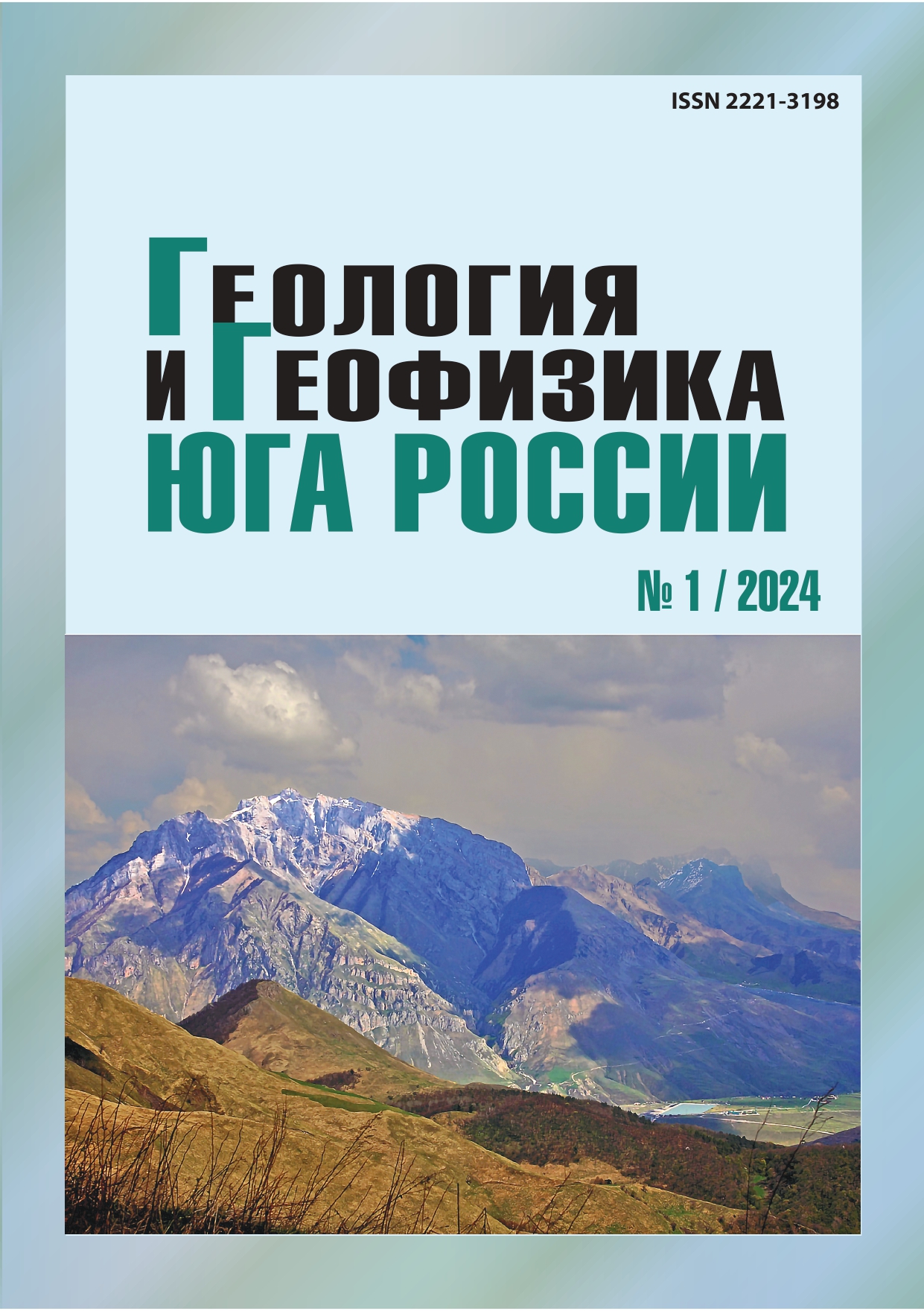Assessment of geoseismic hazard of the north-eastern segment of the Eastern Caucasus
Abstract
Relevance. The Eastern Caucasus region is the most seismically active in the European part of Russia. The relevance of the research carried out within the framework of state tasks for assessing the seismic safety of the region is beyond doubt. The potential level of seismic hazard of the Earth’s crust blocks is an important indicator of assessing the seismic hazard level of the studied region. It makes it possible to identify the seismogenerating structures of the region and get closer to drawing up a detailed map of the zones of possible earthquake sources (PES). The aim of the study. Assessment of the level of geoseismic hazard of the crustal blocks of the studied region and identification of potential waiting areas for possible sources of catastrophic earthquakes in the historical perspective. Research methods. The main research methods are the analysis of the spatiotemporal distribution of seismicity over the instrumental observation period, the analysis of the catalog of historical earthquakes, studies of traces of paleoseismicity, as well as expert assessment of the level of geoseismic hazard of crustal blocks by a set of geoseismological indicators. These indicators are the thickness of the Earth’s crust, the extent of disjunctive zones of the foundation and sedimentary cover, the presence of traces of paleoseismicity, the power of the seismoactive layer, seismic activity and b-parameter of the magnitude-frequency graph, the maximum marked (observed) magnitude, the period of the last activation and tectonic activity. The results of the study. As a result of the conducted research, a quantitative assessment of the seismic hazard of the territory of the north-eastern segment of the Eastern Caucasus was carried out for the first time. The conducted studies make it possible to identify seismogenerating structures, map (in conventional units) the potential level of geoseismic hazard of the studied territory and get closer to drawing up a detailed map of PES zones. It is established that the areas with the maximum values of the geoseismic hazard potential spatially coincide with the zones of possible sources of strong earthquakes having historical activity and are confined to the zone of intersection of the Subcaucasian deep faults with the main Caucasian structural element – the Agrakhan-Tbilisi-Levantine left-thrust zone of the 1st order.


